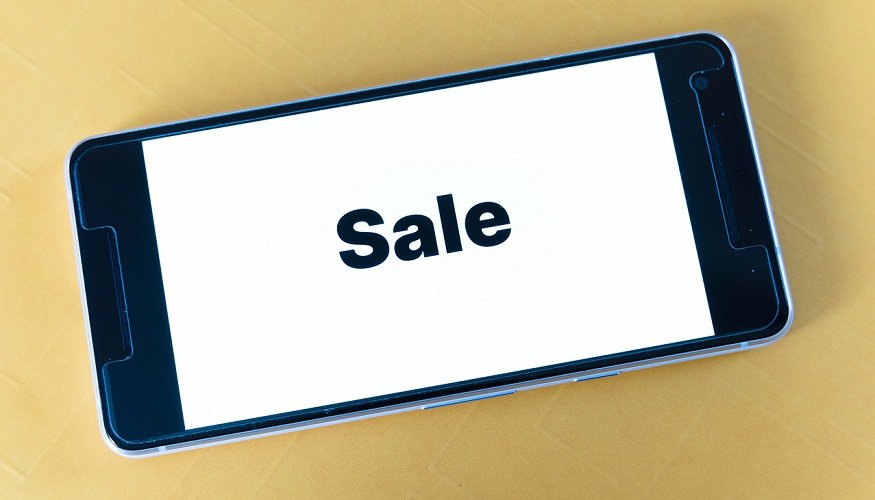Consumers are shopping for real-world products and services, not digital in-app downloads.
Last year, Apple’s app ecosystem saw $519 billion in m-commerce purchases, said a third-party report the tech giant released this week.
Of that total, only $61 billion was spent on buying digital products that could be downloaded.
Out of $519 billion, only $61 billion was for m-commerce purchases such as digital games, e-books and apps. Another $45 billion was spent on in-app advertising. The vast majority – $413 billion – was spent on physical products and services in real life. Of the total, 54 percent of the purchases were made from China.
Based on those figures, it can be safely assumed that the balance would have been similar on Android-based devices but that the sales were substantially higher, as Google’s mobile ecosystem is may times greater than that of Apple. Moreover, it is nearly guaranteed that the figures for this year will be even higher due to the pandemic and the spike in online ordering.
Growth in m-commerce purchases have likely accelerated several times faster from the pandemic.
In fact, Adobe data revealed that the COVID-19 crisis has accelerated the rate of online shopping growth by an estimated four to six years. The month of May was very similar to the Christmas holiday shopping season in terms of online sales.
The report was commissioned by Apple but was completed by Analysis Group, also spotlighted the difference between the digital commerce experience in China and in the United States. It is c
clear that the Asian country is well ahead in that particular category.
“We estimate that China accounted for $246 billion, or 47%, of total global billings and sales facilitated by the App Store ecosystem in 2019, while the US accounted for $138 billion, or 27%, of the global total,” said the report. “Europe, Japan, and the rest of the world accounted for 10%, 7%, and 9%, respectively, of the global total.” Of course, these figures were not adjusted for population size.
This year, online and m-commerce purchases are moving well ahead compared to offline retail. There  have been spikes as high as 50 percent and higher due to lockdowns that have given consumers few to no choices for purchasing what they need.
have been spikes as high as 50 percent and higher due to lockdowns that have given consumers few to no choices for purchasing what they need.
